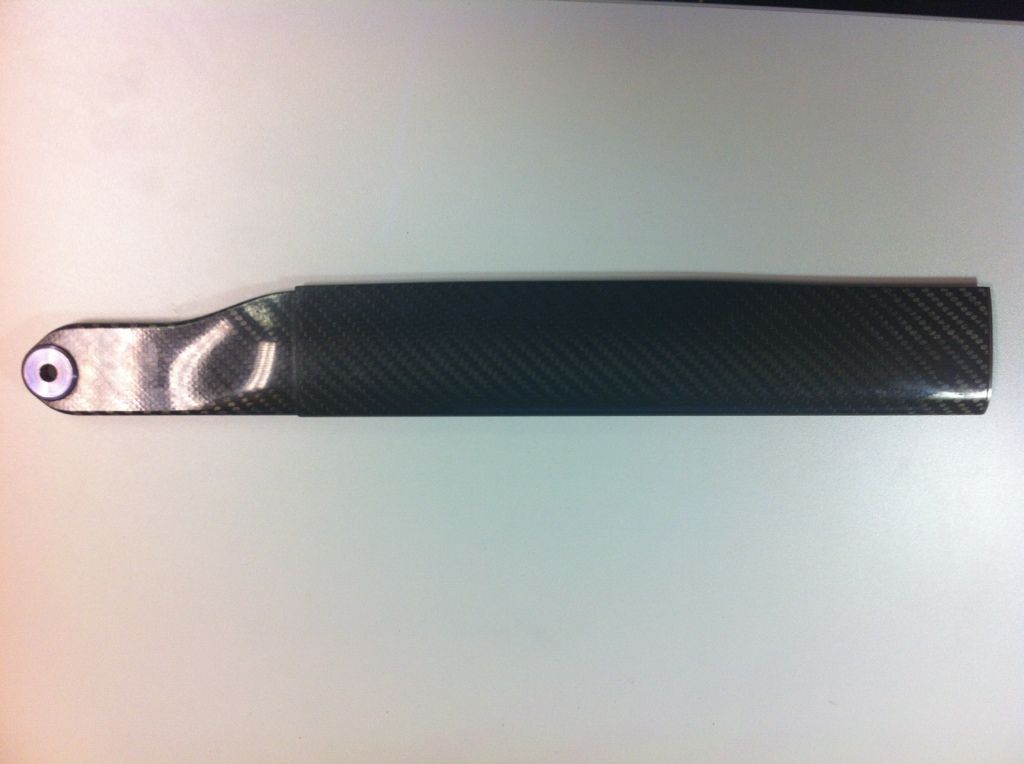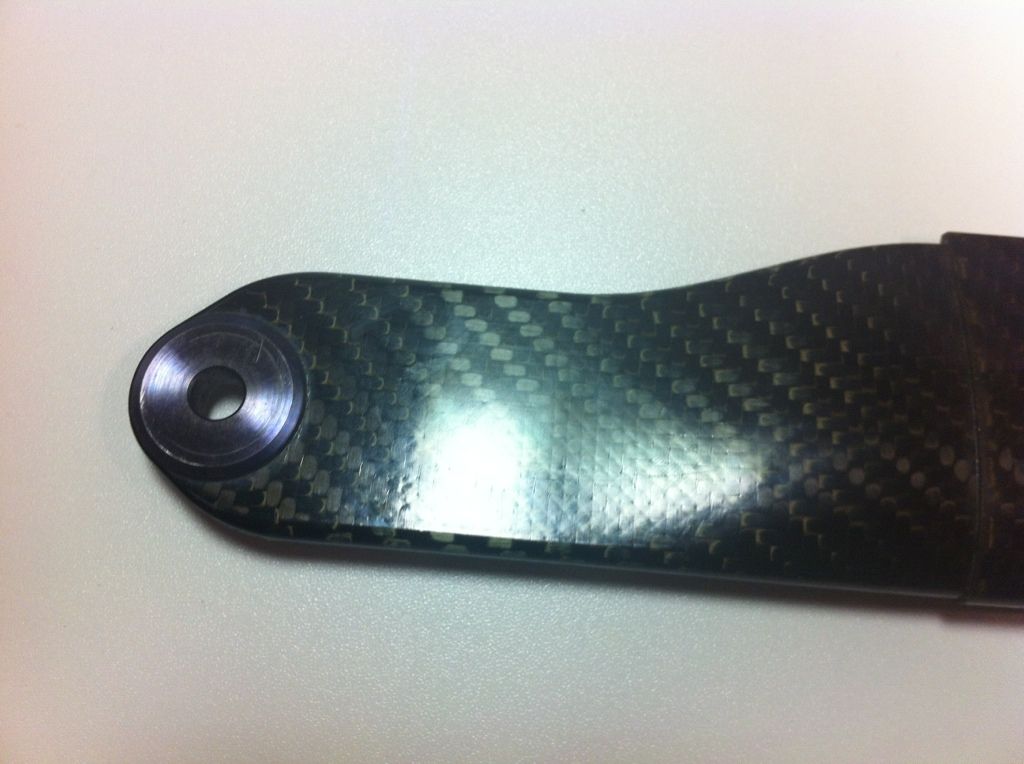sorry it's a bit OT, but one could look at the "Archer paradox" to see some similar oscillation in a bow arrow (straight rod) during launch/initial flight.
a high speed video can be seen here
BTW:
I would disagree with the observation that this is the unloaded (inner pushrod) oscillating. From the video it can be seen
that the car uses the outer curb exiting a right hand corner, same as the Red Bull. ( you can see the apex curb at the beginning
of the clip in the background)
Therefore I think that we are talking about a fully loaded pushrod. The load will fluctuate due to the curb (rumble strip) shape,
and I guess the inerter will (try to) oppose the deflection of the spring/damper unit, letting the tyre deal with the "brunt" of the
initial impact(s).
- Login or Register
No account yet? Sign up


